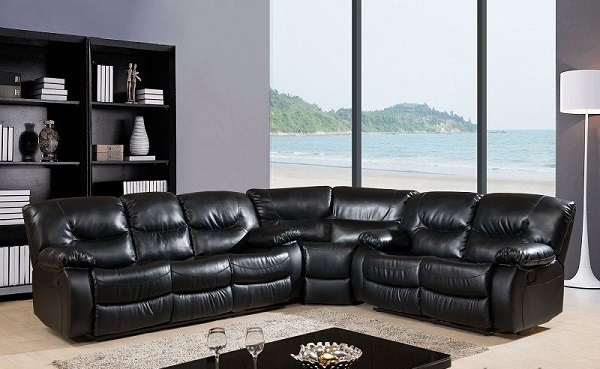20 February 2025

Introduction
The leather upholstery sector in China stands on the cusp of significant transformation as it heads into the next decade. With shifting consumer preferences, technological advancements, and evolving market dynamics, the period from 2025 to 2030 is poised to bring both challenges and opportunities for stakeholders in this industry.
Market Trends
Increasing Domestic Demand
China’s burgeoning middle class and their rising disposable incomes are expected to drive the demand for high-quality leather upholstery products. According to a report by the China Leather Industry Association (CLIA), “the domestic market for leather upholstery is projected to grow at a compound annual growth rate (CAGR) of 5% from 2025 to 2030.”
Technological Advancements
The integration of smart technology and sustainable practices into manufacturing processes is reshaping the leather upholstery sector. Industry expert Dr. Li Wei notes, “Innovations such as automated cutting and stitching, coupled with environmentally-friendly tanning methods, are reducing production costs and improving product quality.”
Export Opportunities
China remains a dominant player in the global leather market, and its leather upholstery sector is no exception. “With the implementation of favorable trade policies and the expansion of free trade agreements, China’s leather upholstery exports are expected to see a significant boost,” says Zhang Ming, an analyst at the International Trade Center.
Challenges
Environmental Regulations
Stricter environmental regulations pose a significant challenge for leather manufacturers. The Chinese government’s commitment to reducing carbon emissions and promoting sustainable practices means that companies will need to invest in cleaner technologies. “Compliance with stringent environmental standards will require substantial capital investment,” warns the CLIA report.
Competition from Synthetic Alternatives
The rise of synthetic leather as a viable alternative to genuine leather presents another challenge. “With advancements in synthetic materials offering similar aesthetics and durability at a lower cost, the leather upholstery sector faces stiff competition,” explains Professor Wang Hong from Tsinghua University’s Department of Materials Science.
Opportunities
Adoption of Eco-Friendly Practices
There is a growing consumer preference for eco-friendly and sustainable products. Companies that adopt green manufacturing practices and obtain eco-certifications are likely to gain a competitive edge. “Sustainable leather production is not just a trend but a necessity for future growth,” asserts Li Xiaoping, CEO of GreenLeather Co.
Customization and Personalization
The trend towards customization and personalization offers significant growth opportunities. “Consumers are increasingly seeking unique, tailor-made products that reflect their individual tastes and lifestyles,” says Liu Jian, marketing director at LuxeLeather. “Brands that can offer bespoke services will attract a loyal customer base.”
Conclusion
The outlook for the leather upholstery sector in China from 2025 to 2030 is one of dynamic change. While challenges such as environmental regulations and competition from synthetic alternatives exist, the sector also stands to benefit from increasing domestic demand, technological advancements, and new export opportunities. By embracing eco-friendly practices and offering customized solutions, companies can navigate the complexities of the market and achieve sustainable growth.
References
我们为皮革、物料及时装业界创造面对面洽谈的机会,为客户缔造实质商机。我们云集世界各地的商家,让他们寻找新的合作伙伴,发掘潜在客户或供应商,并掌握业界最新发展。
我们主办多个专注时尚及生活潮流的商贸展览会, 为这不断变化的行业,提供最全面的买家及参展商服务,方便他们了解急速转变的行业环境,并预测来季趋势。

使用条款 | 隐私政策 | APLF 可持续发展